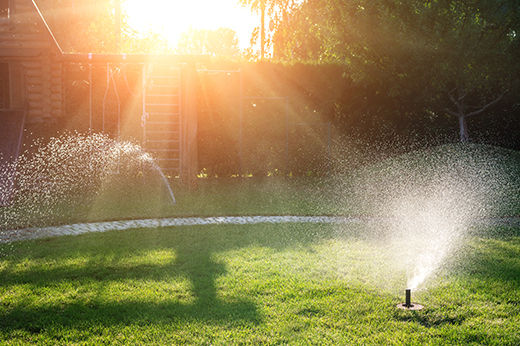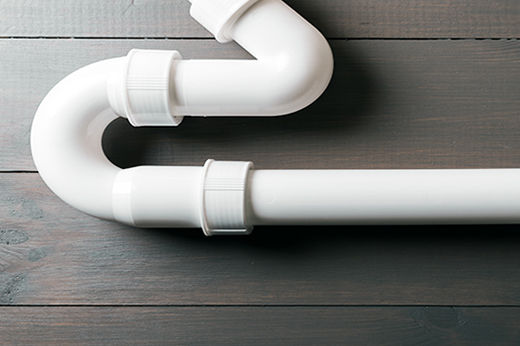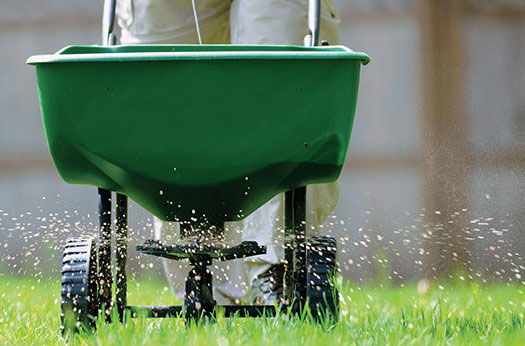How to Install French Drains
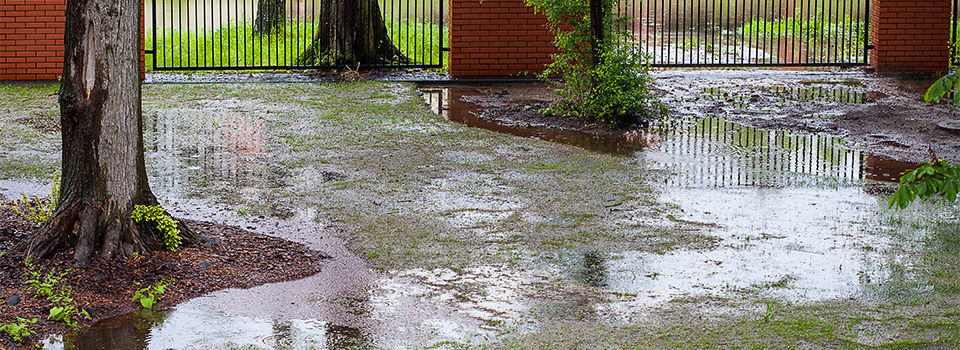
Do you have standing water in your yard? Or water in your basement after a heavy rain? Are you looking for a solution? French drains are perforated pipes that funnel water from problem areas away from foundations, basements, and your yard. Follow the 5 steps below to ensure good drainage that will keep your home and yard dry.
1. Map out Your Drains

Before starting call 811 to locate all underground cables and pipes. Locate the problem areas in your yard, where water builds up. In order for a French drain to work properly, it must slope at least 6” for every 50 feet. Use striping spray paint to map out the direction for proper drainage away from your home and neighboring properties.
Supplies Needed:
- Perforated drainage pipes
- Gravel
- Shovel
- Top soil
- Landscape fabric
- Landscaping stones
- Striping spray paint
2. Dig out the Trench
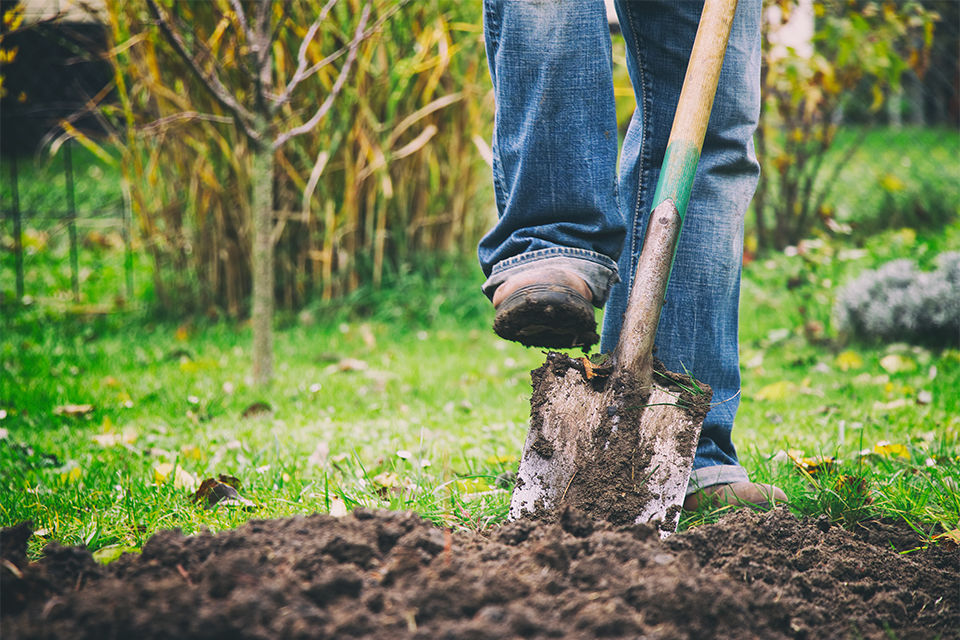
Using a shovel, dig your drains at least 6” wide and 18" to 24” deep. You can rent a trenching machine to cut down time, but they do require more experience to use. Check the depth of your trench as you go to ensure the correct downward slope.
3. Line the Trench
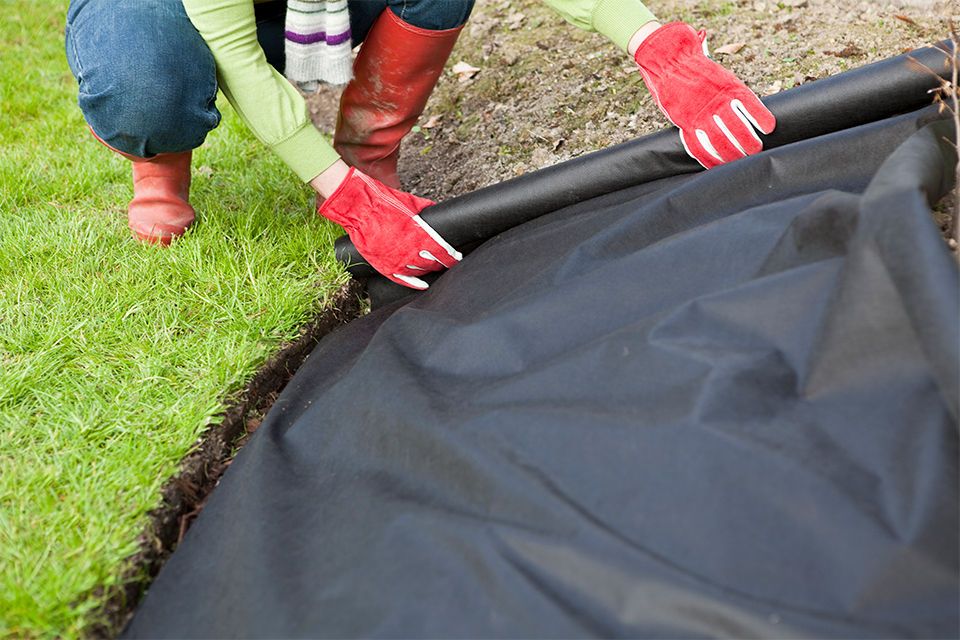
Before laying down the landscape fabric line, the trench with a few inches of crushed stones. Then lay the landscaping fabric on top of the crushed stones. This will stop soil and other contaminates from getting into the pipe that could cause a blockage. It also discourages weed growth. Leave at least 10" of extra fabric on either side of the trench, to cover up the drain pipe.
4. Lay Down the Pipe
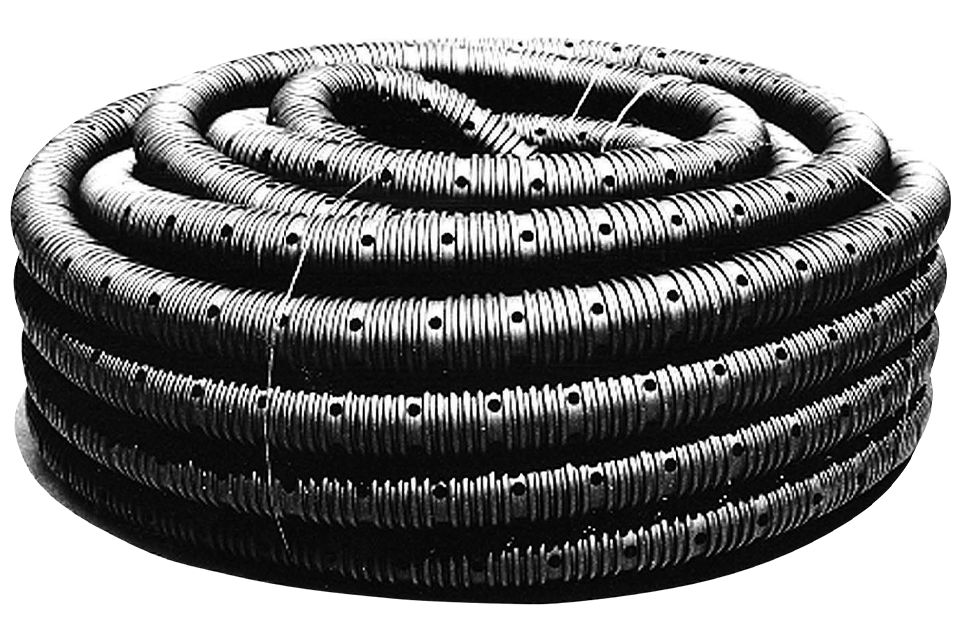
After you have laid down the gravel and landscape fabric, lay the perforated drain pipe on top. French drains work by allowing water to flow into them from below, so be sure to face the holes in the pipe down.
5. Finish up the Drain
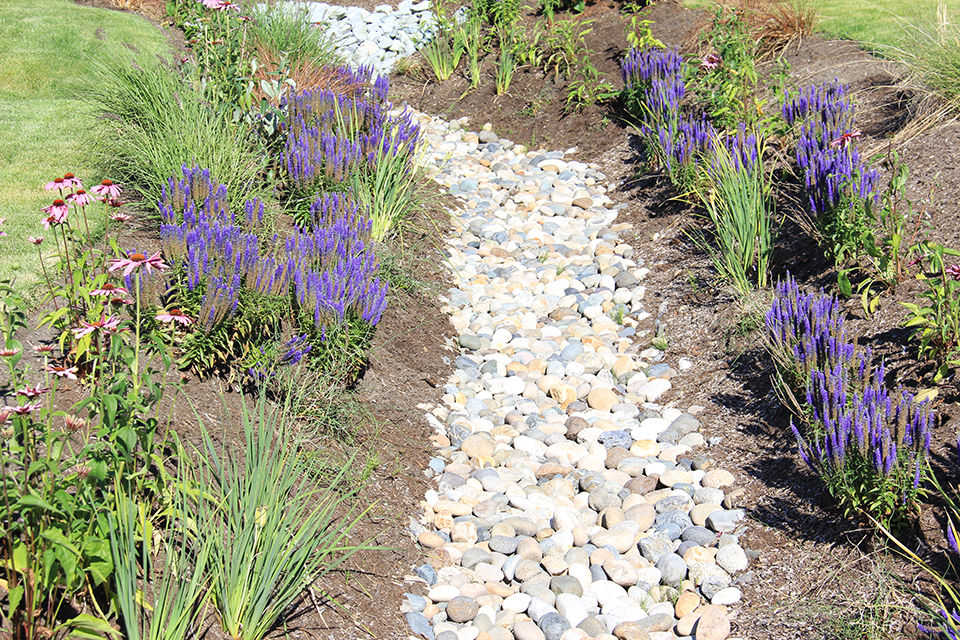
Wrap the excess fabric over the top of the drain pipe. Add more gravel on top of the pipe. You can fill the trench completely with gravel to grade. If you don’t want a gravel path, you can alternatively fill gravel up just a few inches before grade, then add soil, dirt, and grass seed to span the remaining distance. This will allow the French drain to be completely concealed.
Now that you have rerouted the flow of water, heavy rain will no longer be a problem. Sit back and relax, while you enjoy your yard or basement water free! Find everything you need to complete this project in-store or online today!
While do-it-yourself projects can be fun and fulfilling, there is always a potential for personal injury or property damage. We strongly suggest that any project beyond your abilities be left to licensed professionals such as electricians, plumbers, and carpenters. Any action you take upon the information on this website is strictly at your own risk, and we assume no responsibility or liability for the contents of this article.
